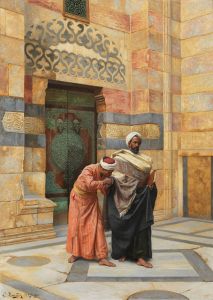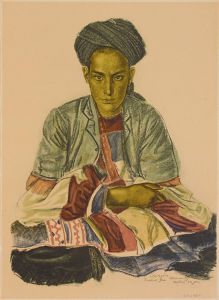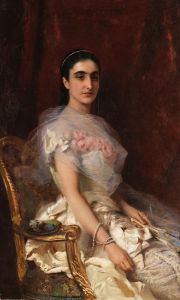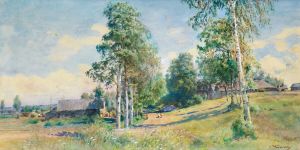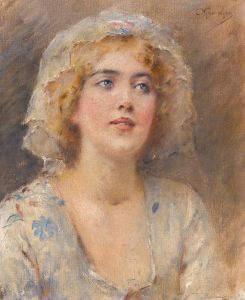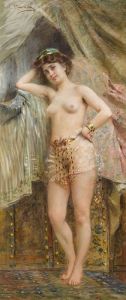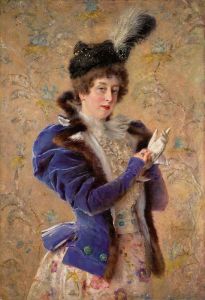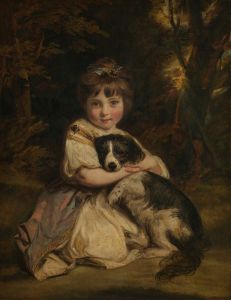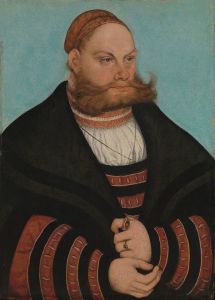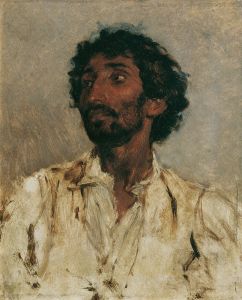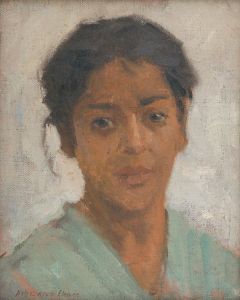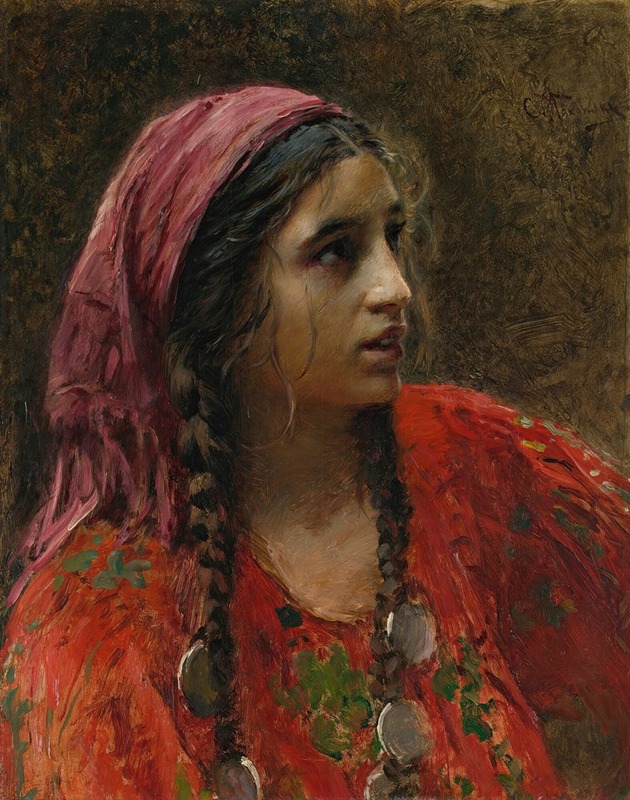
Gypsy
A hand-painted replica of Konstantin Egorovich Makovsky’s masterpiece Gypsy, meticulously crafted by professional artists to capture the true essence of the original. Each piece is created with museum-quality canvas and rare mineral pigments, carefully painted by experienced artists with delicate brushstrokes and rich, layered colors to perfectly recreate the texture of the original artwork. Unlike machine-printed reproductions, this hand-painted version brings the painting to life, infused with the artist’s emotions and skill in every stroke. Whether for personal collection or home decoration, it instantly elevates the artistic atmosphere of any space.
Konstantin Egorovich Makovsky was a prominent Russian painter of the 19th century, known for his vibrant and detailed works that often depicted scenes from Russian history and culture. One of his notable paintings is "Gypsy," which reflects his interest in capturing the essence of Russian life and the diverse cultural influences within the country.
Makovsky was born in Moscow in 1839 into a family that was deeply involved in the arts. His father, Egor Ivanovich Makovsky, was a well-known art figure and one of the founders of the Moscow School of Painting, Sculpture and Architecture. This environment undoubtedly influenced Konstantin's development as an artist. He studied at the Moscow School of Painting, Sculpture and Architecture and later at the Imperial Academy of Arts in St. Petersburg, where he honed his skills and developed his distinctive style.
The painting "Gypsy" is a testament to Makovsky's fascination with the Romani people, who were a significant minority in Russia and often romanticized in Russian culture. The Romani, commonly referred to as Gypsies, have a long history in Russia, with their presence dating back to the 15th century. They were known for their itinerant lifestyle, vibrant music, and colorful clothing, which made them a popular subject for artists and writers of the time.
In "Gypsy," Makovsky captures the allure and mystique associated with the Romani people. The painting is characterized by its rich colors and attention to detail, which are hallmarks of Makovsky's work. The subject of the painting is depicted in traditional Romani attire, with intricate patterns and bright hues that draw the viewer's eye. Her expression is enigmatic, adding to the painting's overall sense of mystery and intrigue.
Makovsky's work often reflected the broader cultural and social dynamics of 19th-century Russia. During this period, there was a growing interest in exploring and documenting the diverse ethnic groups within the Russian Empire. Artists like Makovsky played a crucial role in this cultural exploration, using their art to highlight the unique characteristics and traditions of these communities.
"Gypsy" is also indicative of Makovsky's broader artistic style, which combined elements of realism with romanticism. He was known for his ability to capture the human spirit and emotion in his portraits, often imbuing his subjects with a sense of dignity and grace. This approach made his work popular among the Russian elite, and he received numerous commissions throughout his career.
In addition to his portraits, Makovsky was also known for his historical paintings, which often depicted significant events in Russian history. His ability to blend historical accuracy with artistic flair made him one of the leading figures in Russian art during his lifetime.
Konstantin Makovsky's "Gypsy" remains a significant work in the canon of Russian art, reflecting both the artist's skill and his interest in the cultural tapestry of his homeland. Through this painting, Makovsky offers a glimpse into the world of the Romani people, capturing their spirit and vitality in a way that continues to resonate with audiences today.





